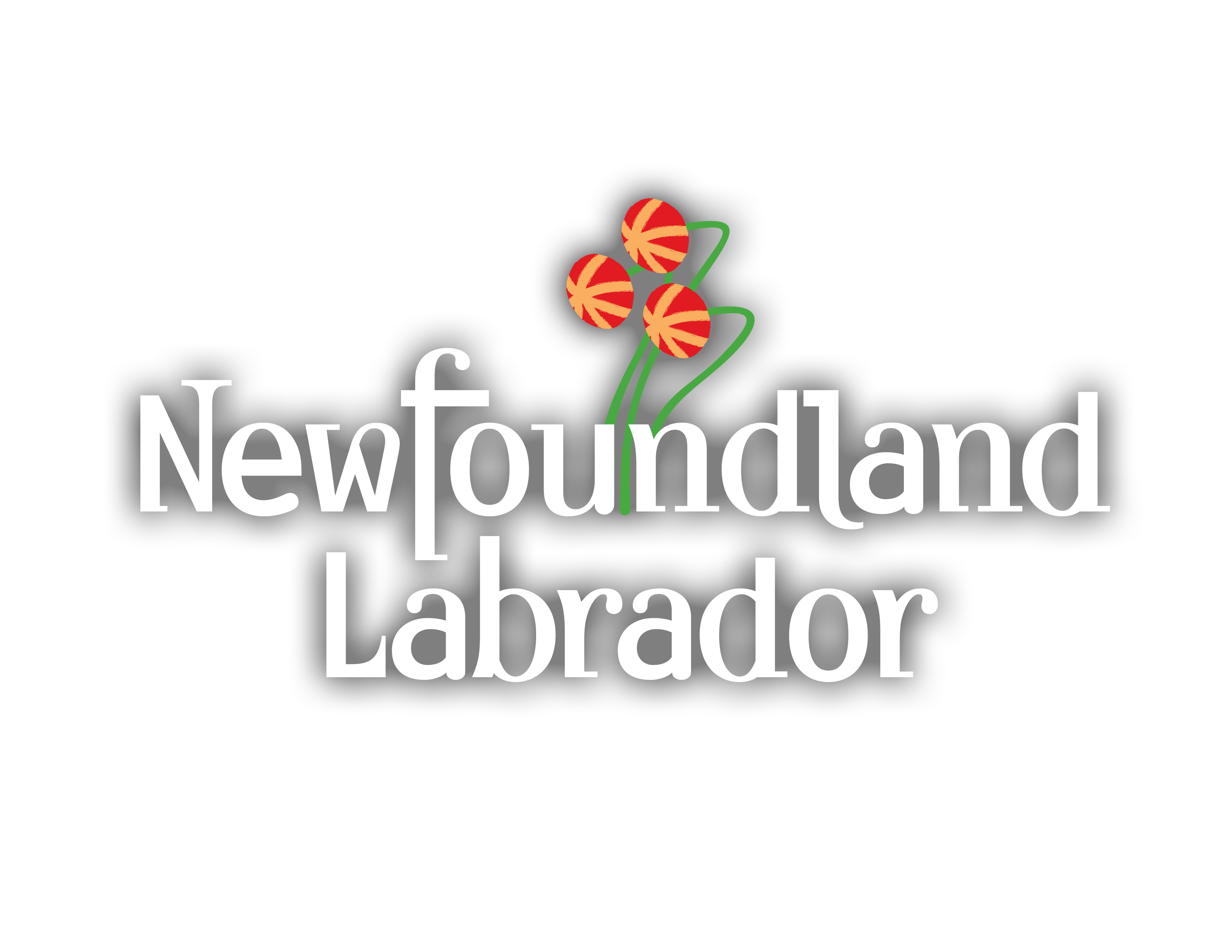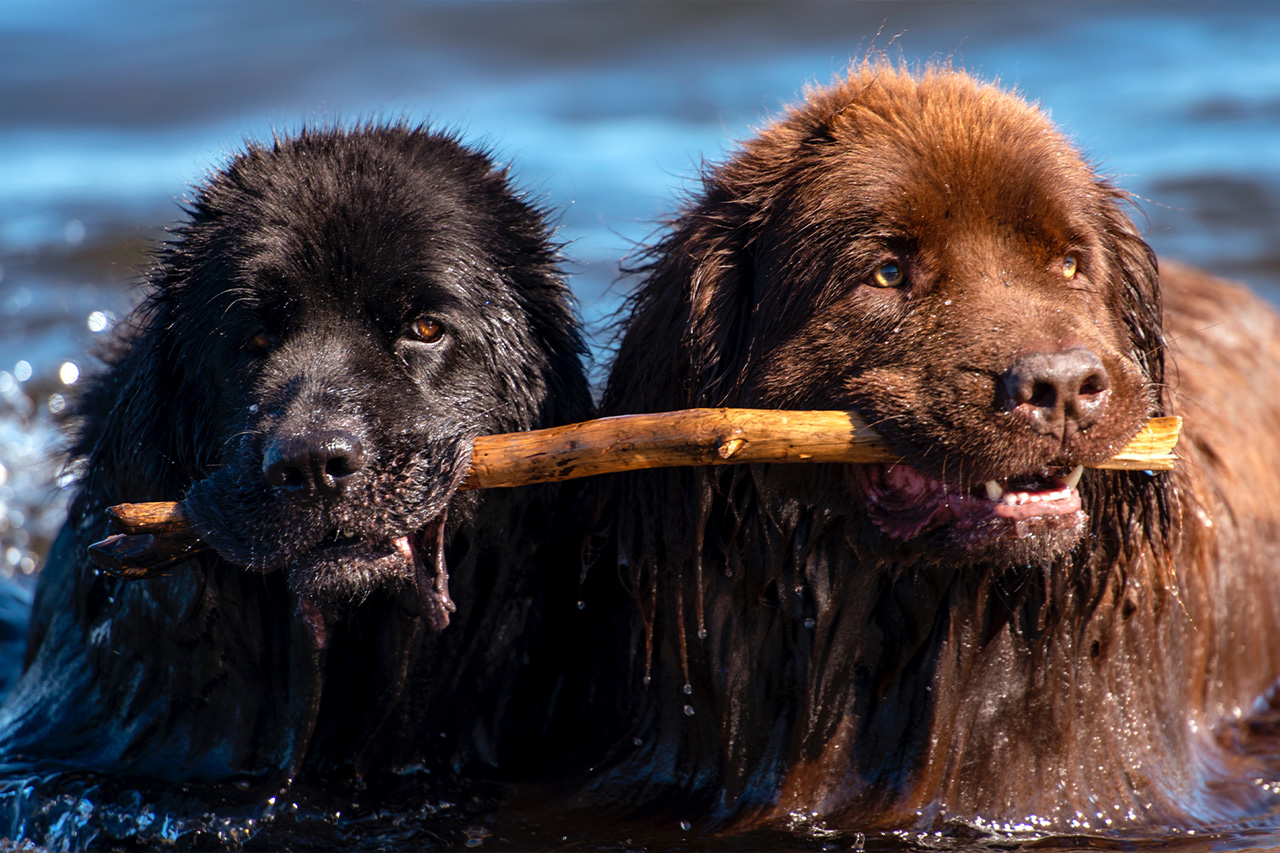Explore geological wonders on Canada’s east coast

Mistaken Point Ecological Reserve offers guided tours where visitors can take in spectacular vistas. Credit: SUPPLIED
From fossils at Mistaken Point to roots cellars at Discovery Global Geopark, Newfoundland and Labrador has some of the most curious geological and geographical sites in the world.
Don’t let the name of Mistaken Point Ecological Reserve fool you – it’s exactly the right place to go if you want to see how multicellular life on earth came to be.
Located at the southeastern tip of the Avalon Peninsula in Newfoundland and Labrador, visitors can walk along a fossil-rich seabed that offers a remarkably clear picture of early life on the planet.
But you don’t need to be a paleontologist or geologist to be awestruck by Mistaken Point. Guided walks allow visitors to this UNESCO World Heritage Site to tread on ancient rocks, see the crashing waves beyond and get a glimpse of where the world’s first animals slithered into existance.
‘Mystical experience’
The six-kilometre Mistaken Point round-trip hike, which typically takes between 45 and 60 minutes, is a must for lovers of the natural world, says Mistaken Point interpreter Lucas Ward. The hike has a rating of “moderate” difficulty, and because of the hilly terrain and uneven ground, proper hiking footwear is needed.
Participants receive a fossil interpretation sheet to help explain what they are seeing and children get a fossil and wildlife bingo game so they can check off their findings.
The tour includes a visit to a small forest and an abandoned fishing outpost. “So there’s a bit of human history as well as the fossils,” Ward says. But the main event is Mistaken Point itself.
“It’s usually quite foggy as the point comes into view, so people get a bit of a mystical experience when they see it,” he adds. (Fun fact: Mistaken Point gets its name because it was treacherous to sailors, who mistakenly thought it was nearby Cape Race and crashed their vessels on its rocky shores.)

The fossils embedded in the rocks of Mistaken Point offer a glimpse at the earliest animals.SUPPLIED
Revealing the mysteries of our world
Mistaken Point is “the best place in the world to see fossils from the world’s transitional period,” says Jack Matthews, an honorary associate at Oxford University’s Museum of Natural History and postdoctoral research fellow at Memorial University.
This transitional period, called the Ediacaran Period, ended 541 million years ago and is highly significant for our understanding of how life on earth developed, including how we got here.
“It’s when the earth went from being dominated by microbial, microscopic life into a world similar to what we know today, with large complex life-forms – the first animals,” says Matthews, who led an international research team studying the reserve.
According to UNESCO, which designated Mistaken Point as a World Heritage Site in 2016, the site offers the oldest known assemblages of large fossils anywhere, illustrating a “watershed in the history of life on earth.”
It’s a place where the mysteries of the earth are still being revealed, says Matthews, as researchers seek to discover how the fossils at Mistaken Point fit into the evolutionary tree of life. What’s known so far is that these are the earliest creatures found with actual bodies, as opposed to being a collection of bacteria.
“The science is still happening, and there’s so much still to discover,” Matthews says.
An encounter with the first animals
The rocks at Mistaken Point contain thousands of fossils that are distinctly recognizable as animals, the largest of which are up to six feet (two metres) long. There are tiny fossils too, which researchers believe are “babies” showing the earliest examples of reproduction on the planet.
“Most of them belong to a group of creatures known as the rangeomorphs – leaf-shaped organisms. They look superficially like ferns or lettuce,” Matthews explains.
But while they may look like plants, researchers know they absolutely could not have been.
“They lived in the deep dark sea, with no sunlight and no photosynthesis, so they definitely could not have been a plant,” Matthews says. “Research at Oxford and a number of other universities have shown that they are animals because of the way they grew.”
There are still many questions about these ancient beings yet to be answered, Matthews says. The evolving research happening at the site “means that if you visited there 10 years ago, you need to come back again,” he says. “The stories keep on growing.”
Shipwrecks and puffins
Another significant site for those interested in the ancient history of the earth is Discovery Global Geopark, located several hundred kilometres north of Mistaken Point at the northern tip of the Bonavista Peninsula.
The Geopark is also a UNESCO site, but its designation is slightly different than the typical heritage site label. It’s a collection of communities that have banded together to celebrate their shared geological heritage as well as their cultural and social history.
The name Discovery recognizes the landing of Giovanni Caboto (John Cabot), the Italian explorer who reached the “new found land” in June 1497. Legend has it that he saw the sea teeming with fish and said: “O buono vista!” Translation: What a happy sight!
Of course, the land was inhabited by Indigenous peoples for thousands of years prior to Caboto’s landing. The Geopark’s territory is part of the ancestral homelands of the Beothuk people, an Indigenous People that had a unique language and culture based on the area’s land and sea resources.
Geologically, Discovery Global Geopark is similar to Mistaken Point. In 2008, a fossil specimen called Haootia was discovered in the Geopark area. The name comes from the Beothuk word “haoot,” or demon. This specimen is the first example of a fossil showing muscle fibres – another sign of the earliest animal life.
The Geopark boasts additional attractions that you won’t encounter anywhere else in the world. For example, in the community of Elliston (population 308), you’ll get the closest view of puffins from land anywhere in North America.
The town of Elliston has more than 130 root cellars, traditionally used to store vegetables.Credit: SUPPLIED
Deep roots
Elliston also has the distinction of being “the root cellar capital of the world.”
The town has more than 130 of these hobbit-hole-like burrows, more than half of which are in use today. Root cellars, which take about three or four weeks to construct, are used to store potatoes and vegetables such as carrots and beets. Their natural humidity and moisture keeps food cool in the summer and prevents winter freezing.
Many families open their root cellars to tourists, who take photos at the entrances. Elliston also hosts a festival called “Roots, Rants and Roars,” which combines celebrating the cellars with food prepared by top chefs and great music by local musicians.
Making connections
The goal of UNESCO-designated geoparks like Discovery Global Geopark is to connect geology – the study of the earth – with community, culture and environmental sustainability.
It’s a fitting way to explore the province of Newfoundland and Labrador, a place rich in both natural and more recent history that also looks to the future.
As Jack Matthews says about the region’s unique geography: “You make a connection to an ancient world that doesn’t exist anymore, yet we [in the here and now] share a link.”
Did you know?
Time and a half – Newfoundland and Labrador is the only place in North America where the time zone is different by a half-hour interval. It’s 1.5 hours later than Eastern time and 4.5 hours later than Pacific Standard Time.

Travelling sheep – On the tiny Isle aux Bois opposite a small community called Ferryland, a flock of about 120 sheep spend their summers grazing, away from nippy dogs and coyotes. The sheep get there by their own boat service, ferried by farmers who herd them into boats and take them to the flat, grassy island to get fat and woolly in peace. Come fall, they are transported back to the mainland.

Salty dogs – Lots of places in the world have dog breeds named after them – think German shepherds and Irish setters. But Newfoundland and Labrador are lucky to have two. The Newfoundland is a large, black working dog known for having a sweet disposition. And the Labrador retriever is one of the most popular breeds in the world.

Box o’ music – The button accordion, or “box,” is the signature musical instrument of Newfoundland and Labrador. Unlike standard accordions, the box has no keys, only buttons, and they’re so loud that they don’t need amplifiers. Though the instruments are originally from China and they’re still popular in Europe, no one is better than Newfoundland and Labrador’s box wizards at squeezing out amazing tunes. If you’re lucky enough to be invited to a kitchen party, it’s likely that someone will break out a box for a ditty or two.
Advertising feature produced by Globe Content Studio with Newfoundland and Labrador Tourism. The Globe’s editorial department was not involved.
/cloudfront-us-east-1.images.arcpublishing.com/tgam/FUFLFFLOIFBB3IU74PEG3SXJS4.jpg)
/cloudfront-us-east-1.images.arcpublishing.com/tgam/7TXPTXSTKFDGZHXWSKZ7KXHXYY.jpg)



